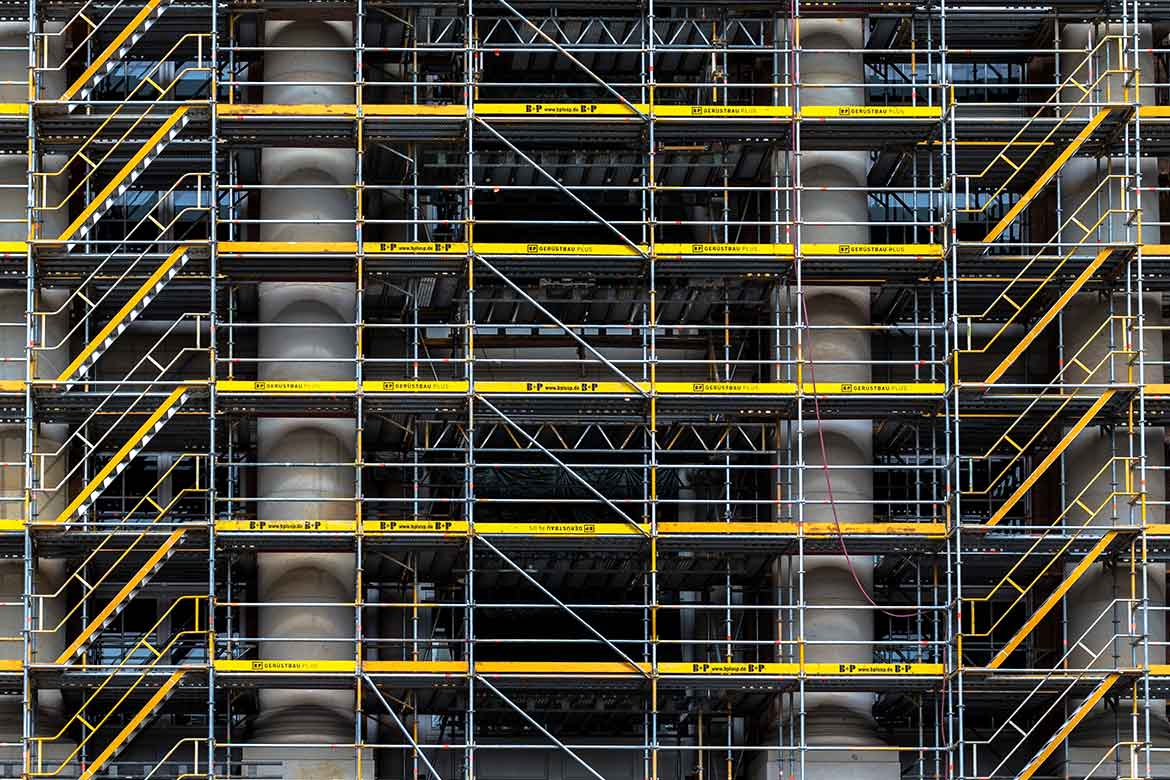
Scaffolding is a crucial element in the construction and maintenance sectors, providing a stable platform that allows workers to reach elevated areas safely and efficiently. Its primary function is to support both the workers and the materials they use, ensuring 流動工作台 that tasks can be performed effectively while minimizing the risk of accidents. Various types of scaffolding systems exist, each designed to meet specific needs and conditions, and understanding their applications is key to successful project execution.
The most common type of scaffolding is supported scaffolding, which includes frame scaffolding and pole scaffolding. Supported scaffolding is anchored to the ground and typically consists of a framework that supports the working platform. This type is widely used in construction projects due to its stability and adaptability, making it suitable for various building heights and configurations. It provides a solid foundation for workers to perform tasks such as bricklaying, painting, and general maintenance.
Suspended scaffolding is another essential type, supported by ropes or cables from an overhead structure. This system is ideal for tasks that require access to the exteriors of high-rise buildings, such as window cleaning or facade repairs. Suspended scaffolding offers flexibility in positioning, allowing workers to access different sections of a building without the need for additional ground support.
Rolling scaffolding is designed with wheels, enabling easy movement and repositioning across different areas of a job site. This type of scaffolding is particularly useful for tasks that require frequent adjustments or for projects with varying work locations. The mobility of rolling scaffolding can enhance productivity by allowing workers to quickly move to new areas without dismantling and reassembling the structure.
Setting up and dismantling scaffolding involves careful planning and adherence to safety standards. A thorough site assessment is conducted to evaluate ground conditions and ensure structural stability before scaffolding is erected. Trained personnel should handle the assembly process, ensuring that all components are properly aligned and securely connected. Regular inspections during use are essential to identify any issues, such as loose fittings or structural wear, and to maintain the scaffolding’s integrity.
Safety is a paramount concern when using scaffolding. Workers must be trained in the proper use of scaffolding equipment and must wear personal protective equipment (PPE), such as safety harnesses, helmets, and non-slip footwear. Safety features like guardrails, toe boards, and safety nets are crucial for preventing falls and protecting against falling objects. Daily inspections of the scaffolding before use help ensure compliance with safety regulations and confirm that the structure remains in good condition.
The benefits of scaffolding extend beyond safety, improving overall efficiency and productivity on job sites. By providing a stable and accessible working platform, scaffolding eliminates the need for ladders, which can be less stable and more cumbersome. This allows workers to complete tasks more effectively and with greater ease. In addition, advancements in scaffolding technology have introduced modular systems that offer flexibility in design and assembly, as well as lighter, more durable materials that enhance usability and safety.
In conclusion, scaffolding plays a vital role in construction and maintenance work, offering a safe and effective means of accessing elevated areas and performing various tasks. Understanding the different types of scaffolding, adhering to safety protocols, and leveraging technological advancements can lead to successful project outcomes and ensure worker safety. Properly utilized, scaffolding not only facilitates the efficient completion of projects but also enhances the quality and safety of the work performed.